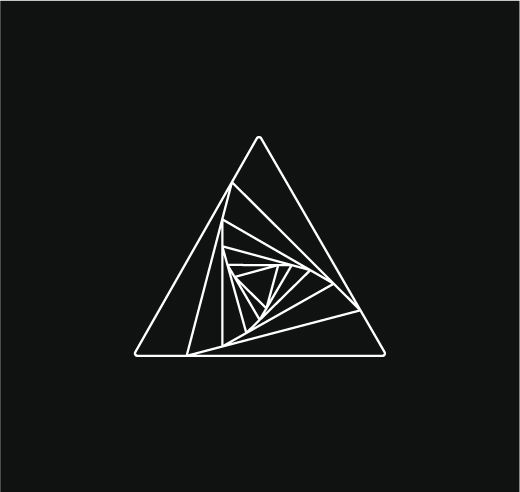398 reads
Now Is the Right Time for Entrepreneurs to Embrace Web 3.0
by
December 31st, 2021
Audio Presented by

First-party oracle that securely & compliantly connects smart contracts to real world data
About Author
First-party oracle that securely & compliantly connects smart contracts to real world data